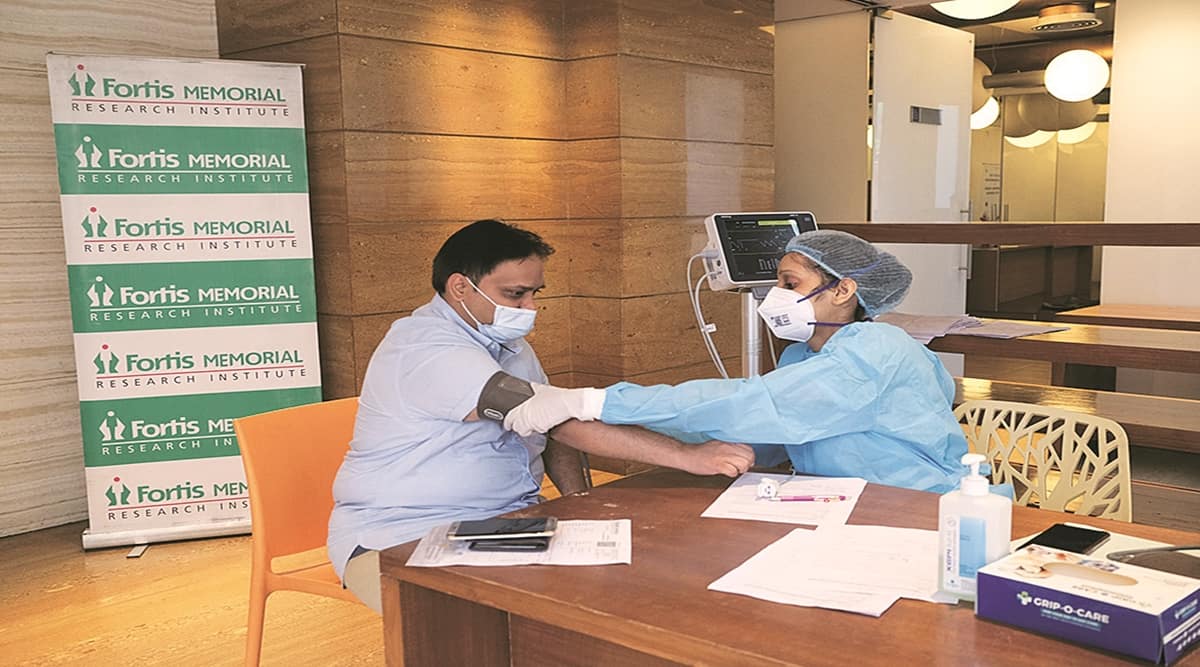Hospitals in our coverage are expanding capacity over the next few years by 26-86%. However, challenges have emerged in non-hospital components like diagnostics/eHealth. We tweak capex, margin estimates driven by bed expansion and allied business expectations across coverage. Change FY23 EBITDA estimates for Apollo/Max/Fortis by -11%/2%/-5%, FY24 by -6%/8%/-3%. Recent correction makes the space attractive. All Buys here with a pecking order of Fortis/Max/Apollo.
Payor mix to be the key EBITDA driver for Max: Max Healthcare’s revenue levers from here are increase in ARPOB, occupancy and new beds. Our FY24 ARPOB is at 69.4k/day, 9%/19% higher than Q4FY22/FY22 levels. This jump will come based on payor mix change (+7%) and price inflation (+2%). Institutional beds which had 31% bed share in FY22 will give way to more cash, TPA and international patients. Based on these assumptions, Max Healthcare’s FY23/24 EBITDA changes by 2%/8%.
Reduce our diagnostics top-line and hospitals margin for Fortis: For Fortis, we assume ~200 new beds coming up in H2FY23 and also staggered bed addition for each year going forward. Due to the new beds coming up, we reduce our hospital FY23 hospitals EBITDA margin from 17.5% to 17%. For diagnostics, we cut our FY23 revenue estimate as Covid revenues recede. Our FY23/24 EBITDA numbers change by -5%/-3%.
Fortis is our top pick; we like Max but valuations are highest: Fortis is our top pick among hospitals because of low valuations and capacity-led growth path ahead. Fortis trades at 14.7x FY24 EV/EBITDA, at 28/32% discount to Max/Apollo. We like Max for its best-in-class metrics but it trades at a premium valuation for the same reason. Thus, our pecking order is Fortis > Max > Apollo.

Leave a Reply